
String Art Generator
String Art Generator by Yiran is a grasshopper plugin which generates a string art sequence based on an input image. You can
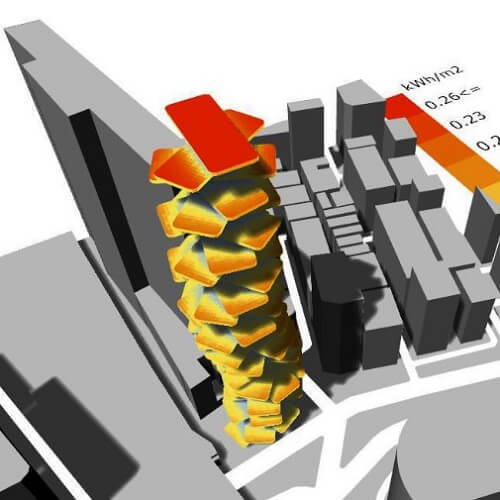
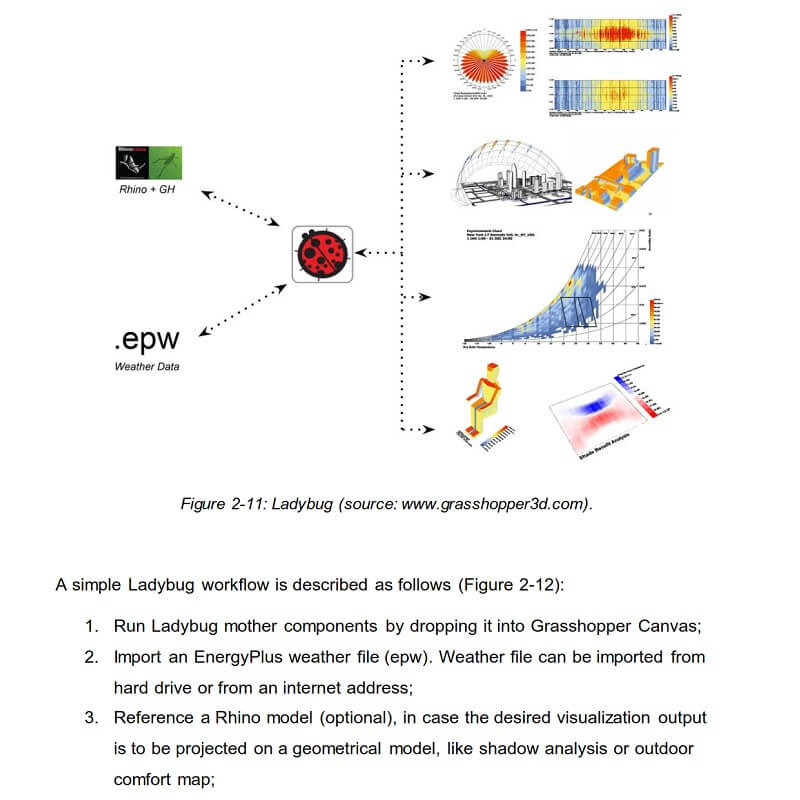
Simulation tools play a major role in the design of high-performance buildings. Despite that, use of building performance simulation (BPS) tools is mainly limited to later design stages, where it is too late to introduce substantial passive improvements.
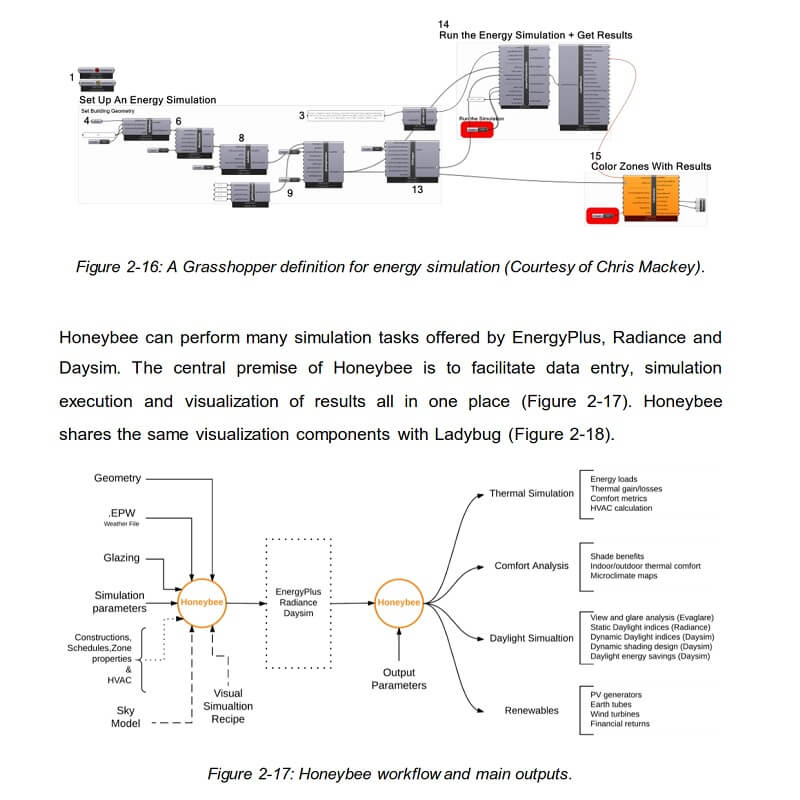 However, the emergence of the discourse of parametric design, and its conjunction with building performance simulation shows promises to provide architects with versatile tools focused on pre-rationalisation of forms instead of post- optimization.
However, the emergence of the discourse of parametric design, and its conjunction with building performance simulation shows promises to provide architects with versatile tools focused on pre-rationalisation of forms instead of post- optimization.
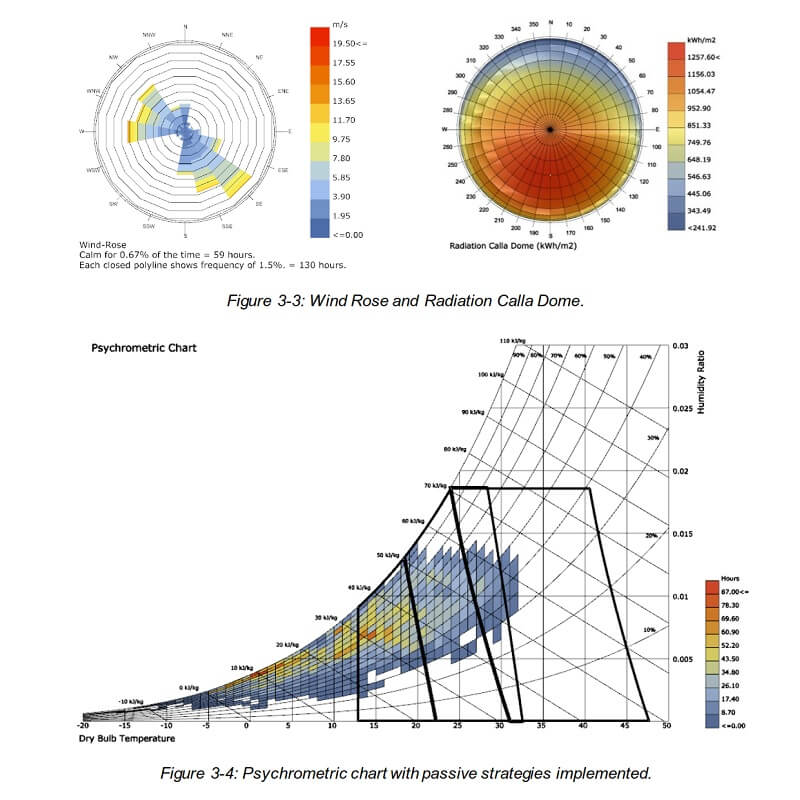 However, despite an abundance of literature advocating this new possibility, academic research on actual Usability and Usefulness of parametric simulation tools for architects is missing. The current research by Ehsan Bazafkan intends to address this gap through a combination of theoretical discussion and practical methodology.
However, despite an abundance of literature advocating this new possibility, academic research on actual Usability and Usefulness of parametric simulation tools for architects is missing. The current research by Ehsan Bazafkan intends to address this gap through a combination of theoretical discussion and practical methodology.
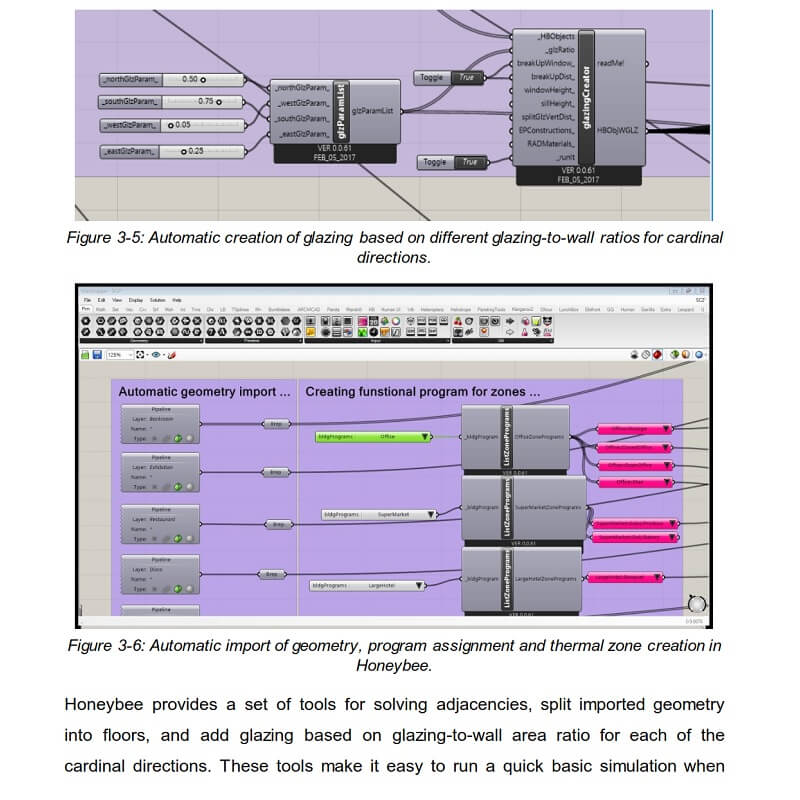 Ladybug and Honeybee, two building performance simulation plugins for Grasshopper, were used for making design decisions informed by performance within the context of scenarios that mimic real-world architectural design problems. The application of the plugins was precisely documented and analysed.
Ladybug and Honeybee, two building performance simulation plugins for Grasshopper, were used for making design decisions informed by performance within the context of scenarios that mimic real-world architectural design problems. The application of the plugins was precisely documented and analysed.
 The research concludes that while Ladybug and Honeybee’s parametric nature and adept visualisations provide architects with effective support in design, evaluation and optimisation of architectural forms, they are not quite usable for performing routine simulations, due to their unfamiliar interface and complex underlying mechanisms.
The research concludes that while Ladybug and Honeybee’s parametric nature and adept visualisations provide architects with effective support in design, evaluation and optimisation of architectural forms, they are not quite usable for performing routine simulations, due to their unfamiliar interface and complex underlying mechanisms.
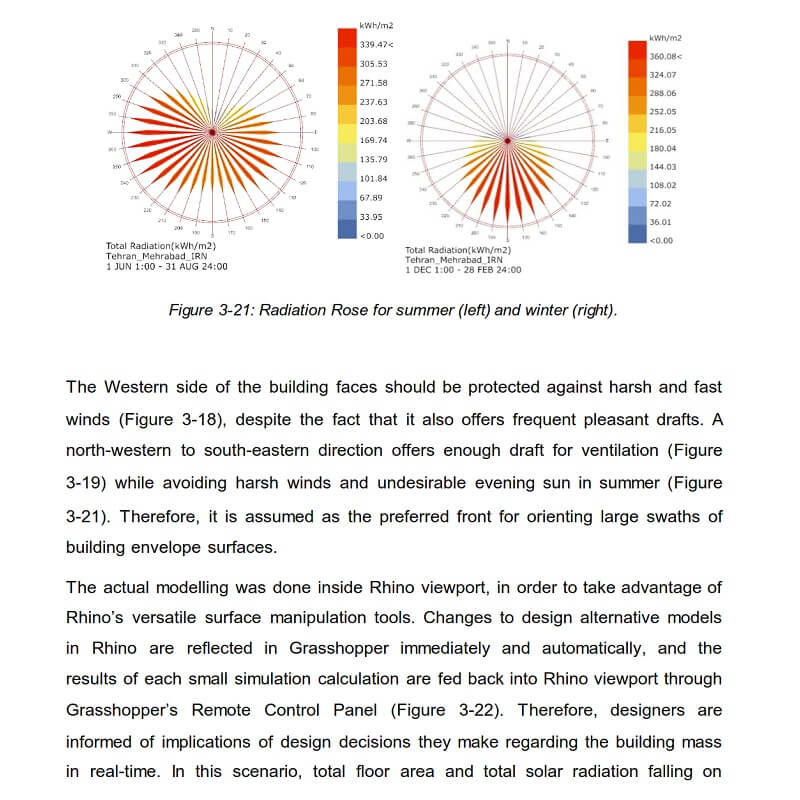 Nonetheless, the research advocates for the more widespread use of Ladybug and Honeybee in architecture schools and select design projects in the professional sector.
Nonetheless, the research advocates for the more widespread use of Ladybug and Honeybee in architecture schools and select design projects in the professional sector.

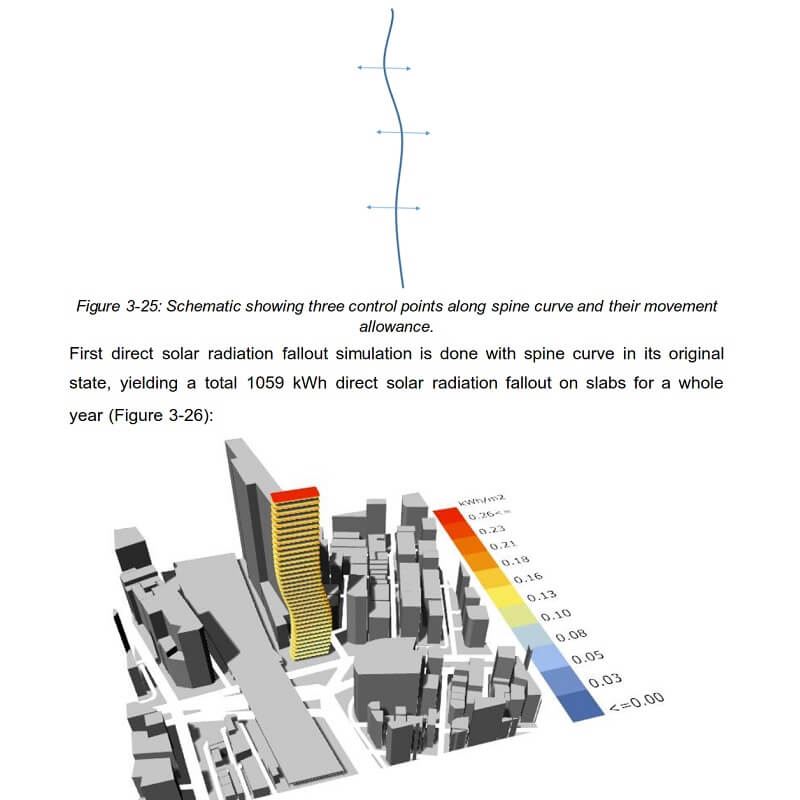
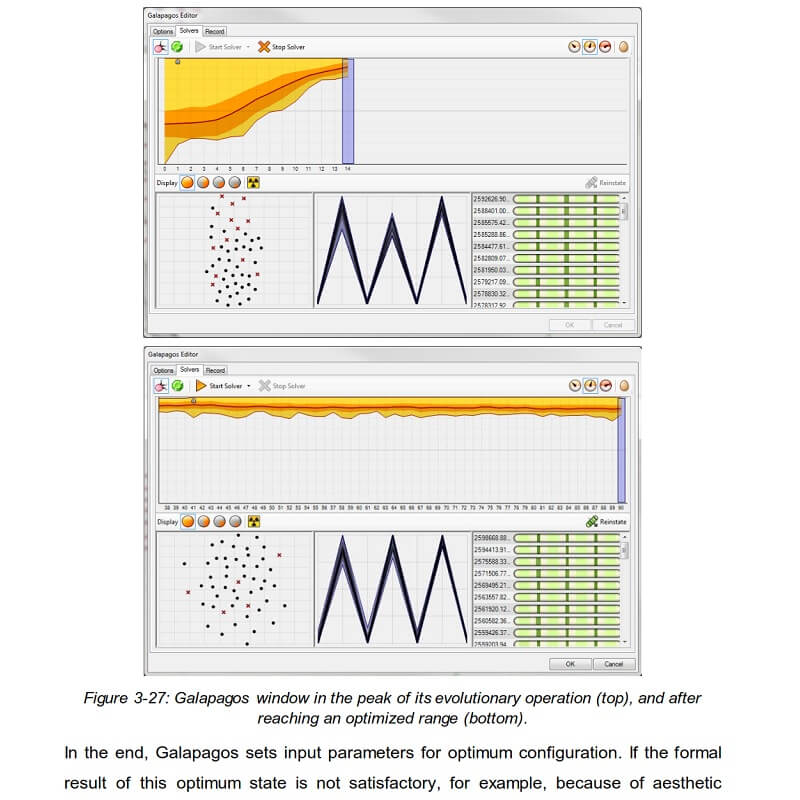
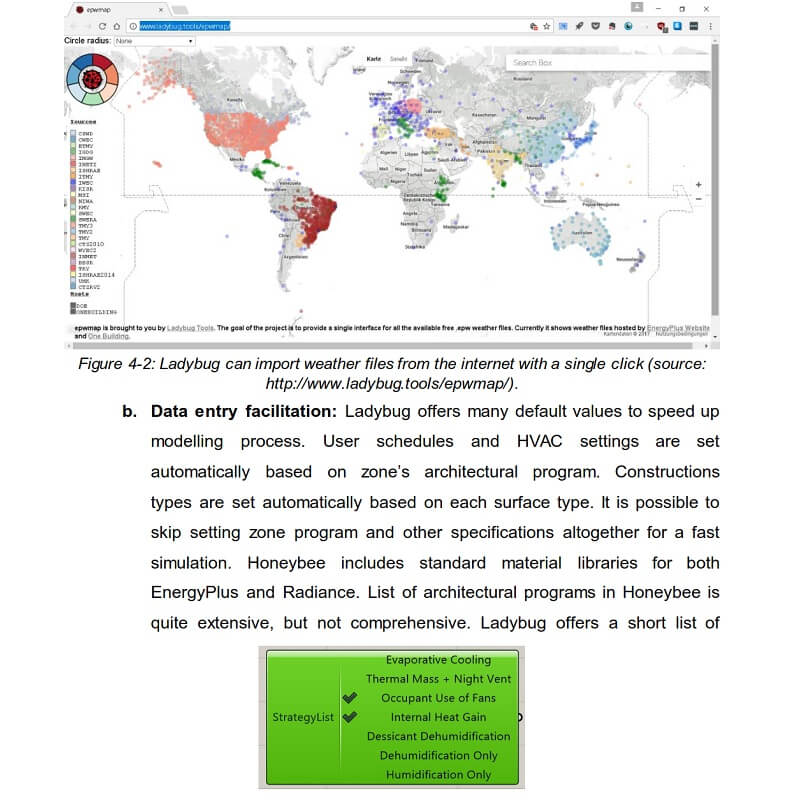

String Art Generator by Yiran is a grasshopper plugin which generates a string art sequence based on an input image. You can

This paper by Alessandro Liuti, Sofia Colabella, and Alberto Pugnale, presents the construction of Airshell, a small timber gridshell prototype erected by employing a pneumatic formwork.

In this paper by Gregory Charles Quinn, Chris J K Williams, and Christoph Gengnagel, a detailed comparison is carried out between established as well as novel erection methods for strained grid shells by means of FE simulations and a 3D-scanned scaled physical model in order to evaluate key performance criteria such as bending stresses during erection and the distance between shell nodes and their spatial target geometry.

In this paper by Frederic Tayeb, Olivier Baverel, Jean-François Caron, Lionel du Peloux, ductility aspects of a light-weight composite gridshell are developed.
Parametric Ideas for Architects @2025